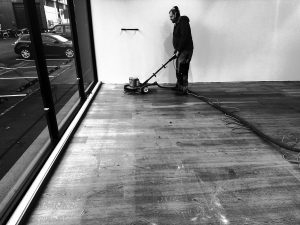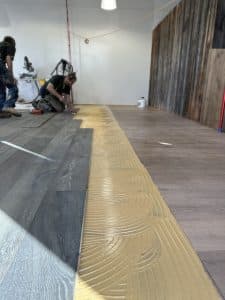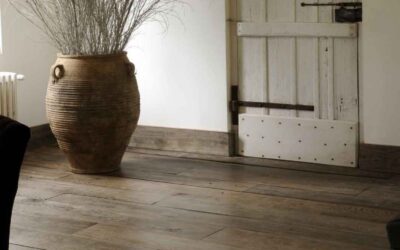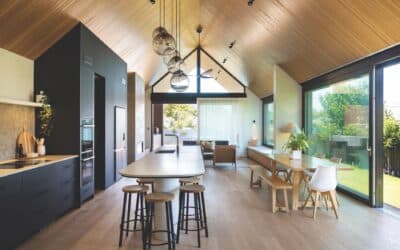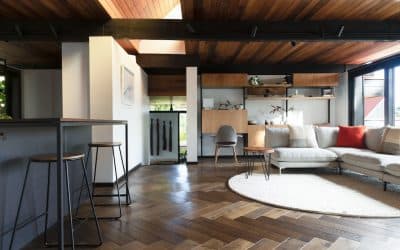The Technicalities of Timber Flooring Installation: A Comprehensive Guide
The journey to installing timber flooring combines aesthetic elegance with intricate technical details. At Vienna Woods, we’re committed to providing our clients with a thorough understanding of this process. This guide is designed to shed light on the finer points of timber flooring installation, ensuring a smooth transition to beautiful, lasting floors.
Step 1: Precision in Subfloor Preparation A successful timber flooring installation begins beneath the surface. The subfloor must be level, clean, and dry. The moisture content of the subfloor should closely match that of the timber flooring to prevent future issues such as warping or gapping.
Almost every sub floor will require some level of preparation
Step 2: Choosing the Right Timber The selection of timber is a balance of aesthetics and functionality. Factors like hardness (Janka rating), grain patterns, and the wood’s stability are crucial. European engineered oak is chosen for its robustness and adaptability, making it an ideal option for diverse environments.
Step 3: Acclimating the Timber Acclimation is a critical step in the timber flooring installation process. This involves allowing the wood to adjust to the specific humidity and temperature of its new environment. Proper acclimation reduces the risk of post-installation wood movement.
Step 4: The Installation Process The installation phase is where technical skill really comes into play:
Choice of Installation Method: Depending on the subfloor and timber type, we select the most suitable method, whether it be floating, glue-down, or nail-down.
Expansion Gap Consideration: Adequate expansion gaps are essential for natural wood movement, calculated based on the size and environmental conditions of the room as well as the type of flooring. Solid timber flooring is more susceptible to movement, whereas engineered timber flooring is more structurally sound.
Finishing Touches: Most timber flooring options today are pre-finished, meaning that they have the stain and oil or lacquer applied to the planks prior to being installed. For floors that are finished on site, there is a process usually including sanding, staining and a coating process of lacquer or oil.
A typical glue-down install process for engineered timber flooring
Step 5: Post-Installation Care Caring for your timber flooring post-installation is crucial for maintaining its appearance and longevity. You can find guidance for caring for oiled floors here. Caring for Lacquered floors here.
Installing timber flooring is a meticulous process that adds both beauty and value to your space. To achieve the best results, an appreciation and application of technical expertise is critical. That combination of creative vision and technical prowess is what can yields amazing results.
Explore our range and learn more about our approach at www.viennawoods.co.nz. Join us in transforming your space with the timeless elegance of timber flooring.
